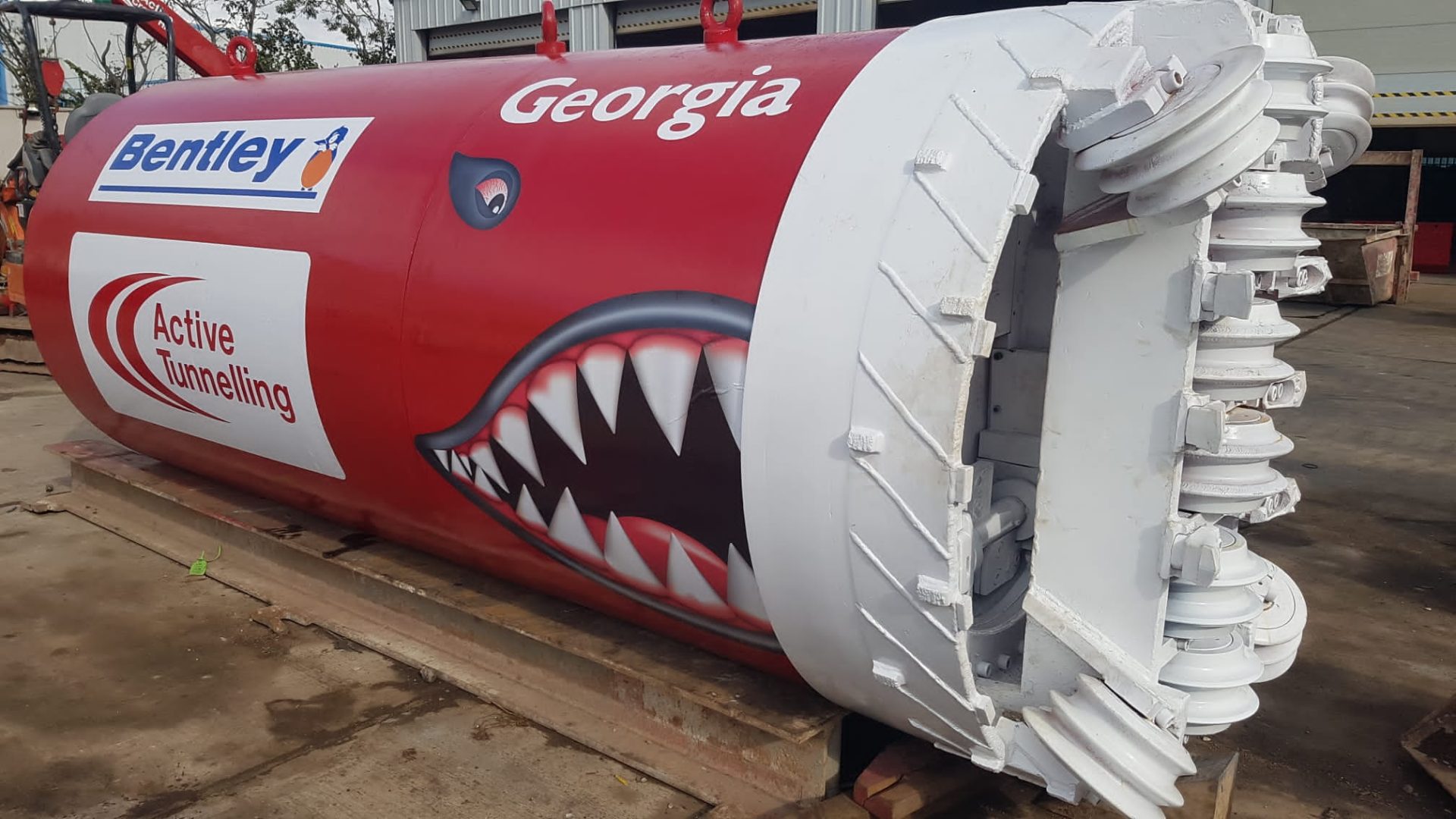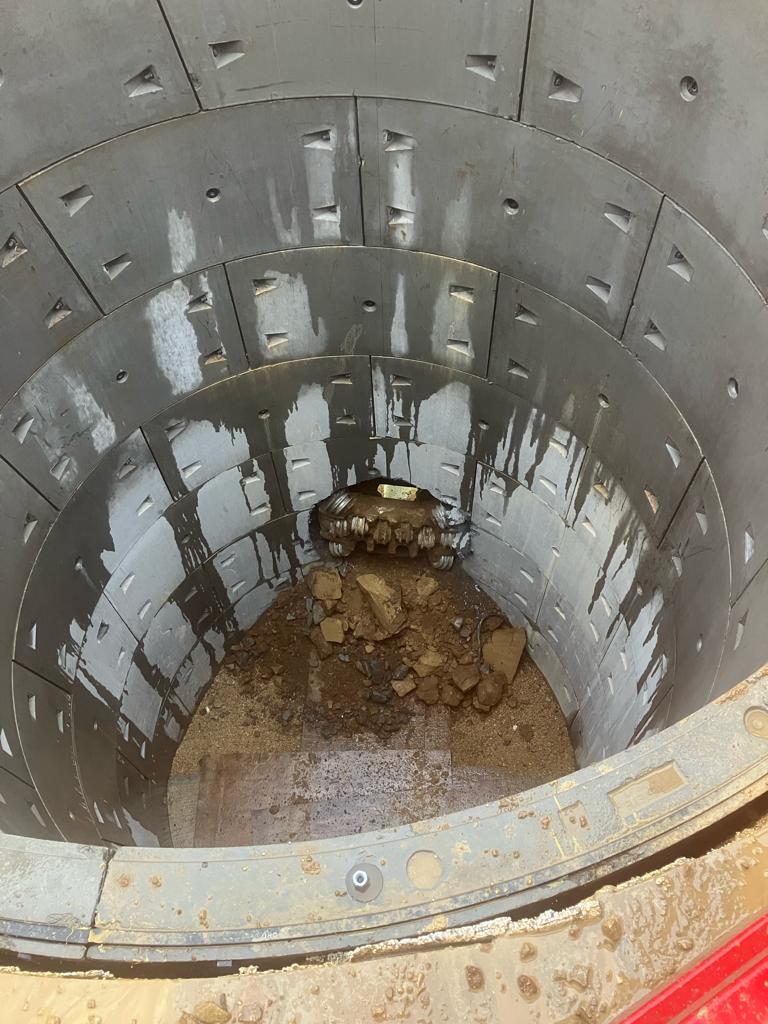An historic railway has been protected thanks to innovative underground tunnelling to allow a new water pipe to be laid without digging a trench through the heritage site.
Northumbrian Water is working to lay pipes that will connect a new £56m underground reservoir with its existing water network.
The new 800mm pipe passes beneath the Bowes Railway Company Hauler site which forms part of the wider Scheduled Ancient Monument (SAM) having been installed using a tunnelling boring shaft technique, this removed the need to excavate a trench through the railway line of the near-200-year-old site.
Originally a colliery railway carrying coal from the pits of North East Durham to the Tyne at Jarrow, the railway was opened in 1826, it’s earliest section having been designed by rail pioneer George Stephenson.
Northumbrian Water’s new reservoir is being built at nearby Springwell Village. It will provide water storage for around 50,000 households in the area and support supplies for a further 200,000 homes in South Tyneside and Wearside by increasing the resilience of the water network.
The work is being carried out with the company’s partner, Mott MacDonald Bentley.
Tunnelling involves creating shafts at either side of the railway, then driving the tunnelling rig between the two excavations and passing a pipe through. Elsewhere the technique has been used to remove the impact of pipelaying from busy road networks and even rivers, with the water company currently employing the method to cross the Tees with a new pipeline in County Durham.
A special tunnel-boring machine was brought in to carry out the work. Pupils from Springwell Village Primary School were given the opportunity to name the machine and came up with “Georgia”, in honour of Stephenson’s involvement.
Northumbrian Water’s Project Manager, Richard Johnston said:
“As with many projects where we are creating a new water pipeline, there are points where the route needs to cross busy roads or other areas that provide a challenge and require sensitivity. A site with the significance of the Bowes Incline Railway SAM is no different, so we wanted to approach it with extreme delicacy and tunnelling provided the opportunity to make the crossing without disturbance to this wonderful piece of heritage.
“And it was great to be able to blend the past with the future by having pupils at Springwell Village Primary School involved in the naming of the tunnel boring machine. We’re sure we could not have chosen a better name than Georgia and are hugely grateful for their inspiration.”




